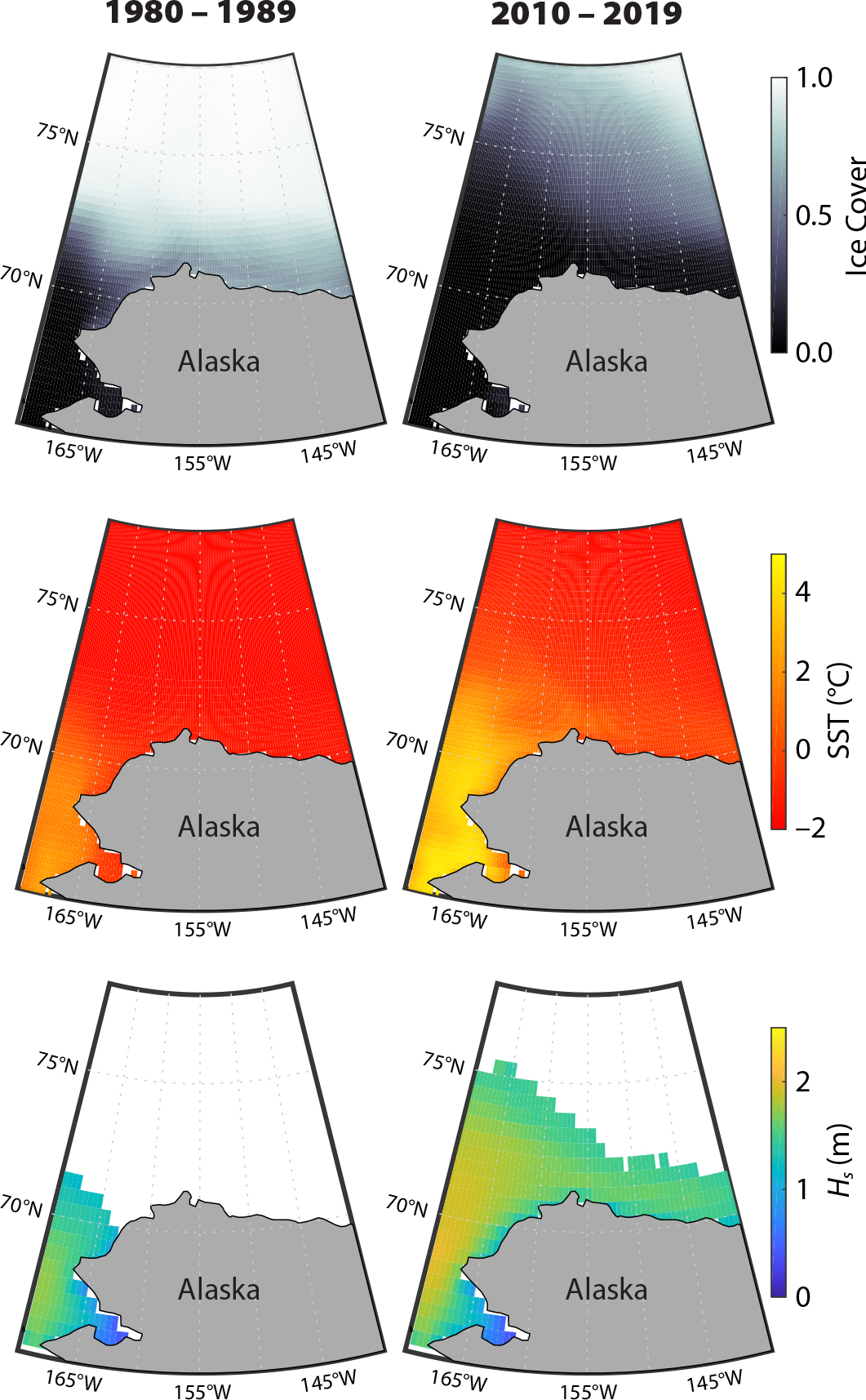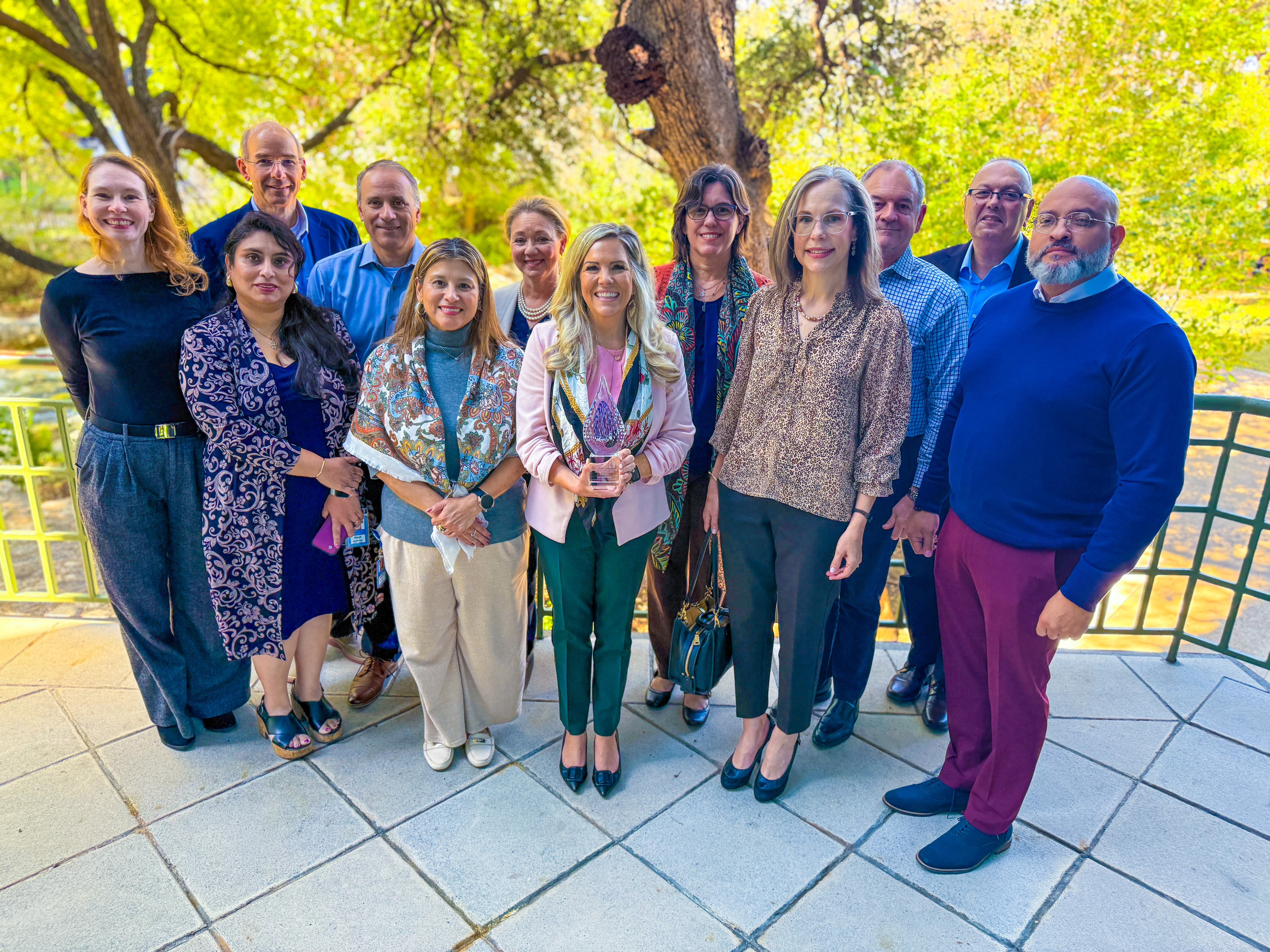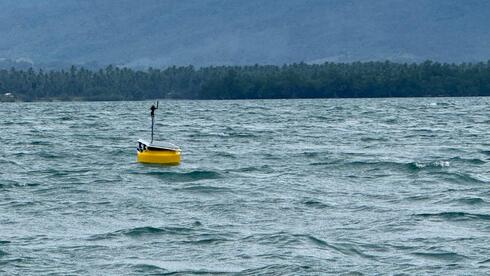Southern Ocean Salinity May Be Triggering Sea Ice Loss – eos.org

Report on Southern Ocean Salinity and its Implications for Sustainable Development Goals
Executive Summary
A recent study reveals an unexpected and alarming trend of increasing surface salinity in the Southern Ocean, directly challenging established climate models. This phenomenon is strongly correlated with a significant decline in sea ice cover over the past decade. The findings suggest a fundamental disruption of the ocean’s natural regulatory mechanisms, potentially signaling a “regime shift” towards a state of permanently reduced sea ice. This report analyzes these findings through the lens of the United Nations Sustainable Development Goals (SDGs), highlighting profound implications for climate action, marine ecosystems, and global sustainability.
Key Scientific Findings
The research, leveraging advanced satellite technology and in-situ measurements, provides critical new insights into the rapidly changing Antarctic environment. These advancements are crucial for achieving SDG 9 (Industry, Innovation, and Infrastructure) by demonstrating the power of innovative technology in monitoring remote Earth systems.
- Technological Advancement in Monitoring: Data from the European Space Agency’s Soil Moisture and Ocean Salinity (SMOS) satellite, corroborated by the Argo float network, has enabled unprecedented, high-resolution observation of surface salinity in the historically difficult-to-measure polar regions.
- Salinity Anomaly: Contrary to expectations that melting ice would freshen the surface layer, the data shows a consistent increase in salinity over a 12-year period.
- Disruption of Ocean Stratification: The most plausible explanation is that the ocean’s stable layering has been compromised. Warmer, saltier, and denser deep water is now upwelling to the surface, overwhelming the cooling and freshening effects of ice melt.
- A New Feedback Loop: This upwelling prevents sea ice from forming, which in turn may create a dangerous new feedback loop. Less ice cover allows for more heat absorption and wind-driven mixing, leading to further upwelling of warm water and runaway ice loss.
Implications for SDG 13: Climate Action
The findings represent a direct and severe challenge to the objectives of SDG 13 (Climate Action). The Southern Ocean is a critical component of the global climate system, and its destabilization has far-reaching consequences.
- Weakened Climate Regulation: The Southern Ocean absorbs a majority of the excess heat from the atmosphere. The breakdown of its insulating surface layer compromises this vital function, potentially accelerating the rate of global warming.
- Threat of Tipping Points: The observed “regime shift” suggests the Antarctic system may be approaching or has already passed a critical tipping point, which could lead to irreversible changes in the global climate.
- Urgency for Mitigation: This evidence reinforces the urgent need for decisive global action to reduce greenhouse gas emissions and limit further disruption to Earth’s climate-regulating systems.
Implications for SDG 14: Life Below Water
The changing ocean chemistry and physics pose a grave threat to marine biodiversity, undermining efforts to achieve SDG 14 (Life Below Water).
- Habitat Destruction: Sea ice is a fundamental habitat for a wide range of species, from krill at the base of the food web to penguins and seals. Its rapid and potentially permanent loss threatens the collapse of the entire Antarctic ecosystem.
- Ecosystem Destabilization: The upwelling of deep water alters surface temperature, salinity, and nutrient distribution, fundamentally changing the marine environment and threatening the survival of species adapted to the prior conditions.
- Global Ocean Health: The health of the Southern Ocean is interconnected with global ocean currents and health. Its destabilization can have cascading effects on marine ecosystems worldwide.
Broader Impacts on Global Sustainability
The consequences of a destabilized Southern Ocean extend to other critical development goals.
- SDG 11 (Sustainable Cities and Communities): Accelerated melting of Antarctic ice, fueled by the intrusion of warm ocean water, is a primary driver of global sea-level rise, posing an existential threat to coastal cities and communities worldwide.
- SDG 17 (Partnerships for the Goals): This research exemplifies the success of international scientific collaboration. Addressing its alarming implications will require an even greater level of global partnership among governments, scientists, and civil society to implement effective climate and conservation policies.
Conclusion
The discovery of rising salinity and its link to sea ice loss in the Southern Ocean is a stark warning. It indicates that the impacts of climate change are manifesting in unexpected and potentially catastrophic ways. The disruption of this critical region threatens to undermine progress on multiple Sustainable Development Goals, particularly those related to climate, biodiversity, and human security. Continuous monitoring and immediate, ambitious global action are imperative to mitigate the risks of an irreversible regime shift in the Antarctic and to safeguard a sustainable future.
1. Which SDGs are addressed or connected to the issues highlighted in the article?
-
SDG 13: Climate Action
The article is fundamentally about the impacts of climate change. It directly discusses “ocean temperatures have warmed” and the resulting “decline” in “sea ice cover.” The entire study investigates a consequence of a “warming climate,” which is the core focus of SDG 13.
-
SDG 14: Life Below Water
The research focuses on the health and stability of the Southern Ocean, a major marine ecosystem. The article describes a “precarious balance” being disrupted, with changes in salinity and temperature threatening a “regime shift” in the ocean system. This directly relates to protecting and understanding life below water.
-
SDG 9: Industry, Innovation, and Infrastructure
The article highlights the critical role of technological advancement in monitoring the ocean. The breakthrough in understanding comes from “new satellite data,” “advances in satellite technology,” and “new algorithms” that allow for more accurate measurements. This reliance on innovation and scientific infrastructure connects the article to SDG 9.
-
SDG 17: Partnerships for the Goals
The research described is a collaborative effort involving scientists from different institutions and countries (University of Southampton in the UK, Ludwig-Maximilians-Universität München in Germany) and utilizes data from international bodies like the “European Space Agency” and the global “Argo” float network. This exemplifies the international partnerships needed to address global issues like climate change.
2. What specific targets under those SDGs can be identified based on the article’s content?
-
SDG 13: Climate Action
- Target 13.2: Integrate climate change measures into national policies, strategies and planning. The article’s finding that the changes are “a real thing” and “unlikely that it is a simple anomaly” provides the scientific basis and urgency required for policymakers to integrate these climate impacts into their planning.
- Target 13.3: Improve education, awareness-raising and human and institutional capacity on climate change. The article itself serves as a tool for awareness-raising. The research it describes, conducted by oceanographers and climate scientists, is a direct example of building human and institutional capacity to understand climate “impact reduction and early warning.”
-
SDG 14: Life Below Water
- Target 14.2: By 2020, sustainably manage and protect marine and coastal ecosystems to avoid significant adverse impacts. The article warns of a potential “regime shift” and “runaway ice loss,” which are significant adverse impacts. The monitoring efforts described are a foundational step toward managing and protecting this vital ecosystem.
- Target 14.a: Increase scientific knowledge, develop research capacity and transfer marine technology. This target is central to the article. The study is possible only because of increased scientific knowledge derived from new marine technology, such as the “Soil Moisture and Ocean Salinity (SMOS) satellite” and the “Argo floats,” which the article calls a “game changer” and a “new tool to monitor this system.”
-
SDG 9: Industry, Innovation, and Infrastructure
- Target 9.5: Enhance scientific research, upgrade the technological capabilities. The article is a case study of this target in action. It details how “Recent advances in satellite technology” and “new algorithms” have upgraded the capability to monitor polar oceans, overcoming previous limitations where satellites “haven’t been able to accurately detect” salinity changes.
-
SDG 17: Partnerships for the Goals
- Target 17.6: Enhance North-South, South-South and triangular regional and international cooperation on and access to science, technology and innovation. The research is an example of international cooperation, using data from the “European Space Agency’s” satellite and a global network of “Argo floats” and involving researchers from Germany and the UK.
3. Are there any indicators mentioned or implied in the article that can be used to measure progress towards the identified targets?
-
Ocean Salinity
This is the primary indicator discussed. The article is centered on the new finding that “the ocean around Antarctica, against all expectations, is getting saltier.” The ability to measure this from space is presented as a major breakthrough.
-
Sea Ice Cover/Extent
This is a key indicator used throughout the article. The research notes a “very high correlation between the surface salinity and the sea ice cover” and discusses how “sea ice cover has been in decline.”
-
Ocean Temperature
This is mentioned as a fundamental driver of the changes. The article states that “ocean temperatures have warmed,” leading to melting ice. The upwelling of “warmer, saltier water” is the proposed mechanism for the observed changes.
-
Technological Capability and Data Resolution
An implied indicator for progress in research capacity (Target 14.a, 9.5) is the improvement in monitoring technology. The article specifies the new capability to gather data “which cover the entire Southern Ocean at 25-square-kilometer resolution,” a measurable indicator of technological advancement.
-
International Scientific Collaboration
An implied indicator for partnerships (Target 17.6) is the existence of collaborative research projects. The article points to this by citing researchers from multiple international institutions and the use of data from the European Space Agency and the global Argo network.
4. Table of SDGs, Targets, and Indicators
| SDGs | Targets | Indicators (Mentioned or Implied in Article) |
|---|---|---|
| SDG 13: Climate Action | 13.2: Integrate climate change measures into policies and planning. | Scientific data on ocean warming, sea ice loss, and salinity changes providing the basis for policy. |
| SDG 14: Life Below Water | 14.a: Increase scientific knowledge, develop research capacity and transfer marine technology. | Use of SMOS satellite and Argo floats; Data resolution (25-square-kilometer). |
| SDG 14: Life Below Water | 14.2: Sustainably manage and protect marine ecosystems. | Measurements of ocean salinity, sea surface temperature, and sea ice cover to monitor ecosystem health. |
| SDG 9: Industry, Innovation, and Infrastructure | 9.5: Enhance scientific research, upgrade technological capabilities. | Development of new satellite sensors with improved sensitivity; New algorithms to clean data noise from sea ice. |
| SDG 17: Partnerships for the Goals | 17.6: Enhance international cooperation on science, technology and innovation. | Collaboration between researchers (UK, Germany); Use of data from international entities (European Space Agency, Argo global network). |
Source: eos.org

What is Your Reaction?
 Like
0
Like
0
 Dislike
0
Dislike
0
 Love
0
Love
0
 Funny
0
Funny
0
 Angry
0
Angry
0
 Sad
0
Sad
0
 Wow
0
Wow
0












































































